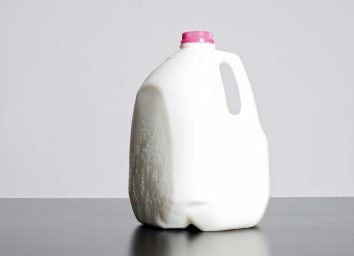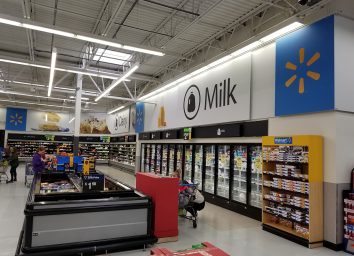Grocery Shortages To Expect in 2021, According to Experts
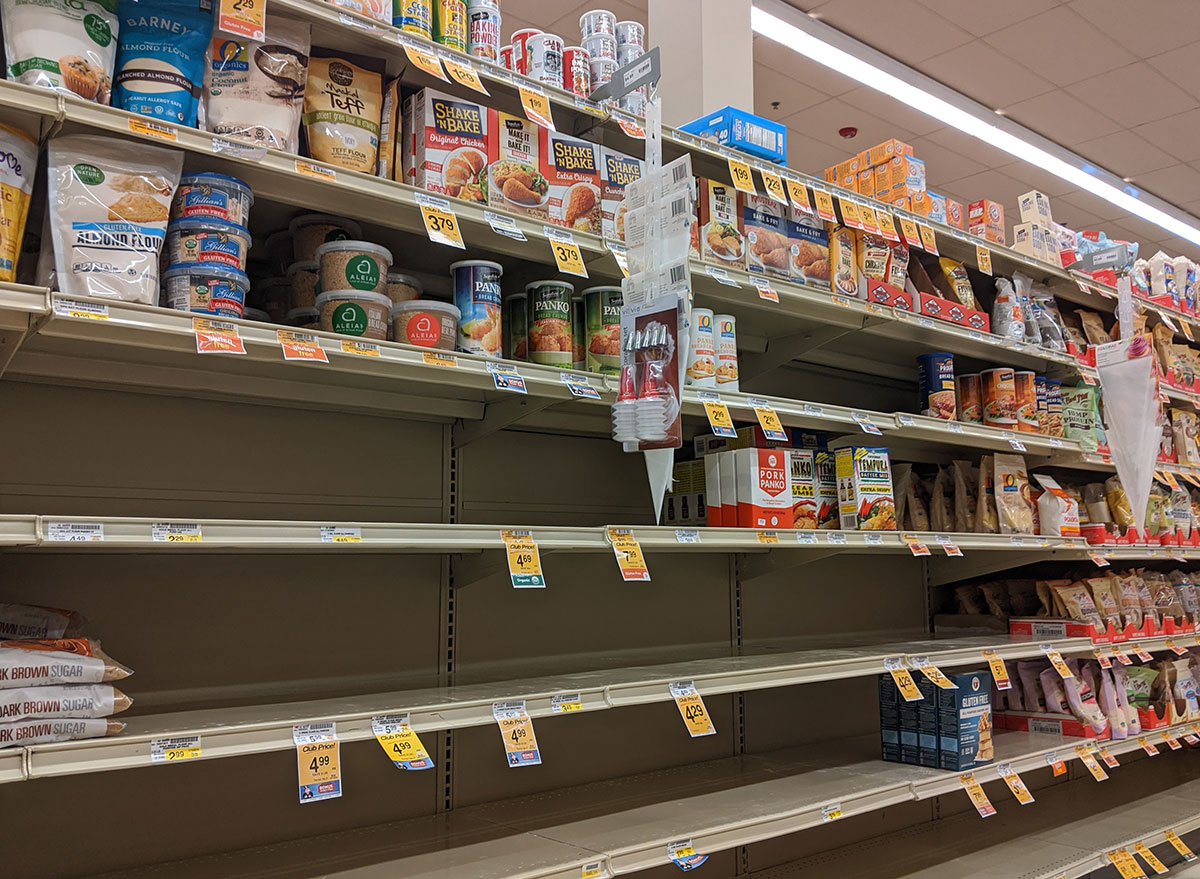
As we closed out the year of unprecedented grocery shortages caused by the pandemic, the question of whether 2021 will bring similarly empty shelves becomes even more pressing. If some shortages are still to be expected, which products are at particular risk of going out of stock?
The answers may lie in what food manufacturers and retailers have learned from the tumultuous year, and whether issues causing the shortages can now be better anticipated.
On some fronts, we’re much better off than we were at the start of the pandemic. For one, food companies are better-versed in products that are likely to be in demand in cash-and-carry retail channels. For another, they have now shifted focus from manufacturing for the food service industry to an emphasis on manufacturing for retail, and have ramped up those capabilities significantly.
Another significant improvement over last year is the way some companies have been able to increase protection for their workers, preventing labor shortages and further delays in production like the ones we’ve witnessed across the meat industry.
“Manufacturers have engaged in creative solutions,” says Rick Williams, business partner at JPG Resources, a food and beverage consulting business based in Battle Creek, Mich. From putting distance between workers, to formations of pods where people only interact with their team, and staggering shifts, some companies were able to break up the shoulder-to-shoulder work environments on their production floors, he explains.
But some supply chain factors are still difficult to control and remain unpredictable. Being able to forecast the right amount of stock of certain products or whether shortages of certain raw materials, like aluminum, will persist is a tall order, even for biggest companies.
Because of that, both food brands and grocers are playing it as safe as possible, betting on their best-sellers and retiring some of the less popular items. So 2021 may not be the year of empty shelves, but it’ll be a year of less variety.
While experts predict we won’t necessarily face the extent of shortages we’ve seen last year, where some brands and whole item categories went missing from shelves for weeks, there still may be spotty availability of groceries throughout this year.
Don’t miss The One Vitamin Doctors Are Urging Everyone to Take Right Now.
Your favorite cookie, soda, or soup flavor
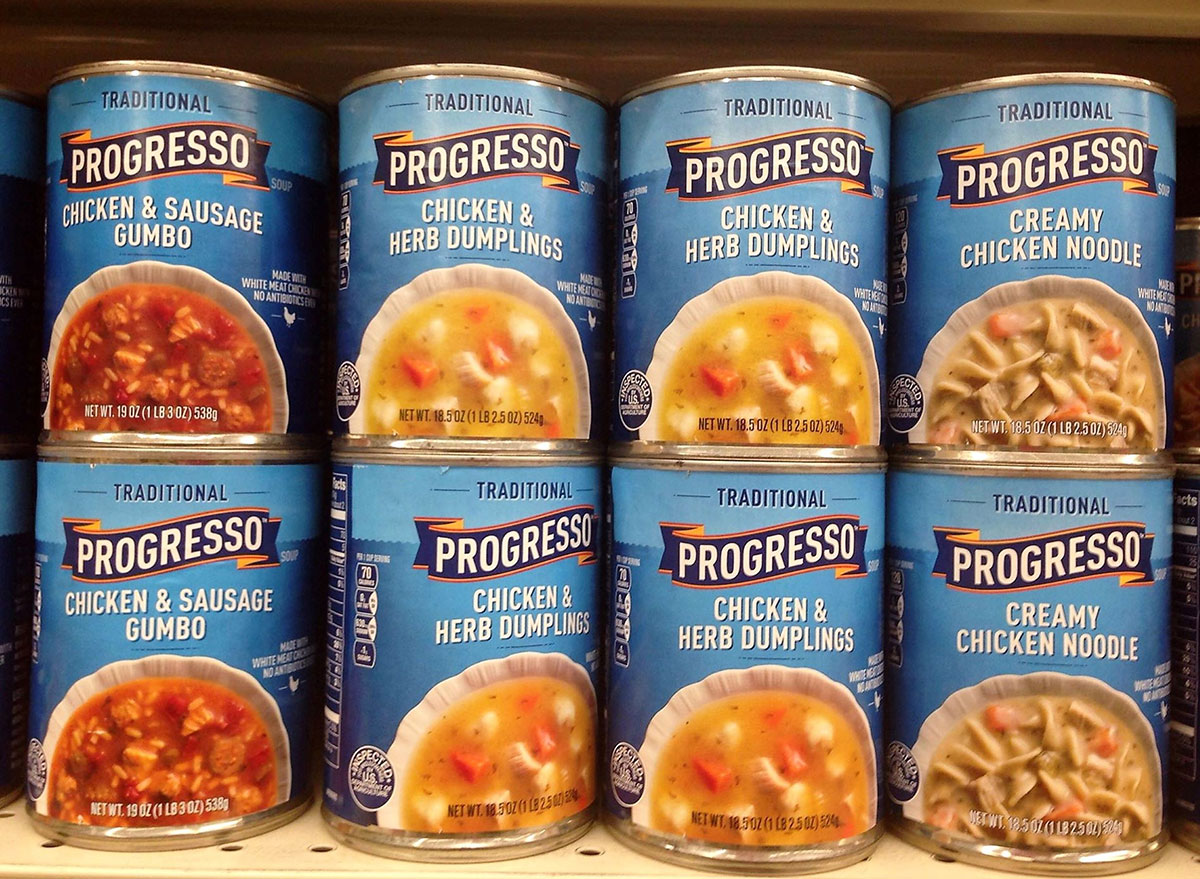
You may have noticed that the variety on grocery shelves has been dwindling since the start of the pandemic. On the one hand, companies are being more strategic about which products they prioritize at a time when their production capacities are too limited for an exploding demand.
On the other hand, the pandemic has forced brands like Coca-Cola to discontinue products at a faster rate than they normally would. And experts agree food and beverage companies will keep pruning their portfolios this year, which means that your favorite cookie, soup, or soda flavor may end up being cut from production.
“Brands are going to continue with SKU rationalization based on what appeals to the broadest segment of shoppers,” says David Gottlieb, managing director of the Americas at Trax, a digital company providing AI solutions for retail, which boasts clients like Coca-Cola and Diageo.
He says the trend of simplification seems to be echoed by retailers as well, “I’m hearing from my customers that retailers are telling them they don’t want 12 varieties of toilet paper.”
Colleen Wickering, a supply chain expert with JPG Resources, agrees that paring down variety isn’t something you’ll only see from manufacturers, but retailers, too. Walmart, for example, drastically reduced their offering to unburden their supply chain during the pandemic. The retailer pruned most product categories by only keeping two options in each—their own in-house brand and the #1 category brand, says Wickering, and this trend is sure to continue this year.
Don’t forget to sign up for our newsletter to get the latest restaurant news delivered straight to your inbox.
Canned and frozen vegetables
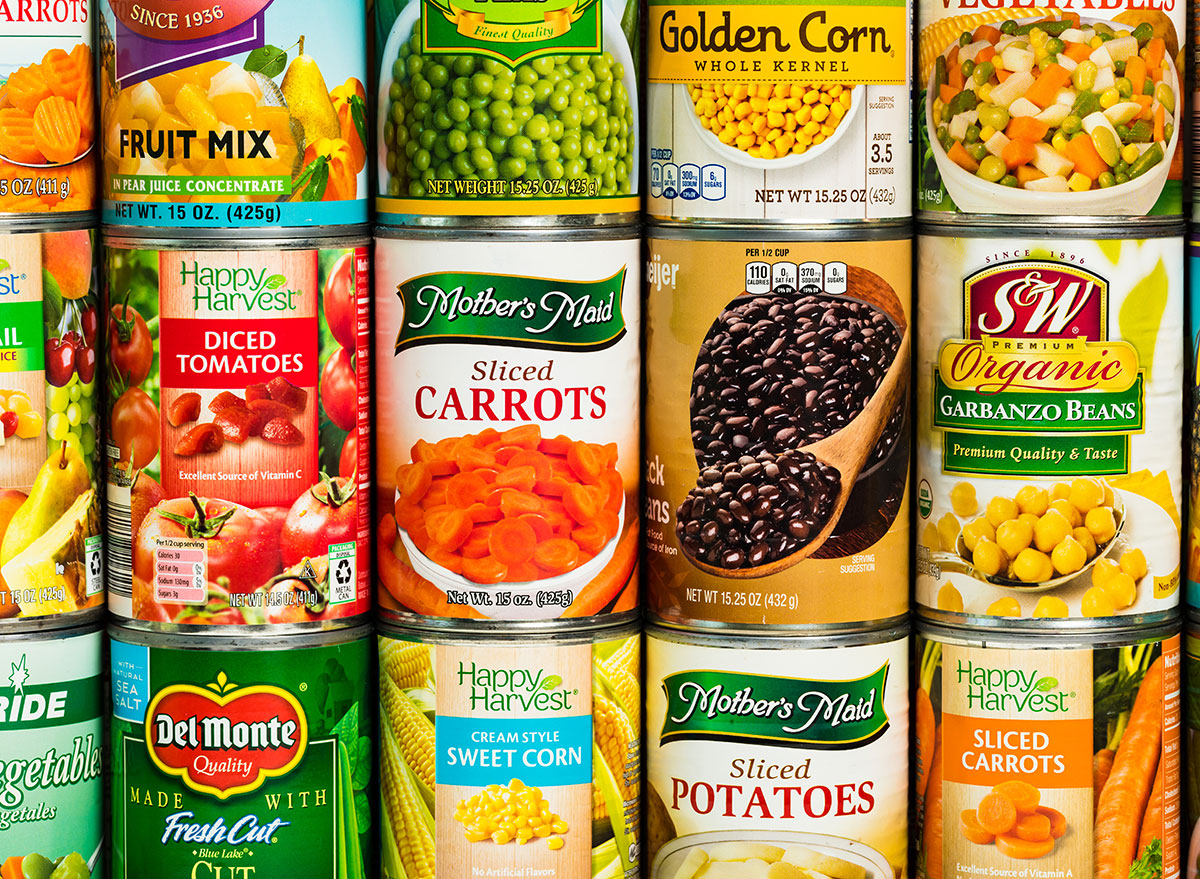
An increase in home cooking has led to increases in demand for frozen and canned vegetables. But the problem with a product that’s grown seasonally and harvested once a year is that once the supplies are gone, you can’t simply produce more of it, says Gus Lebiak, president and COO of Krasdale Foods, a grocery wholesaler in New York City.
While he says availability of some products may be spotty this year, he believes that brand variety will save the day. “You may not get the brands you want, but I’m pretty sure you’ll get something,” he said.
Cleaning supplies
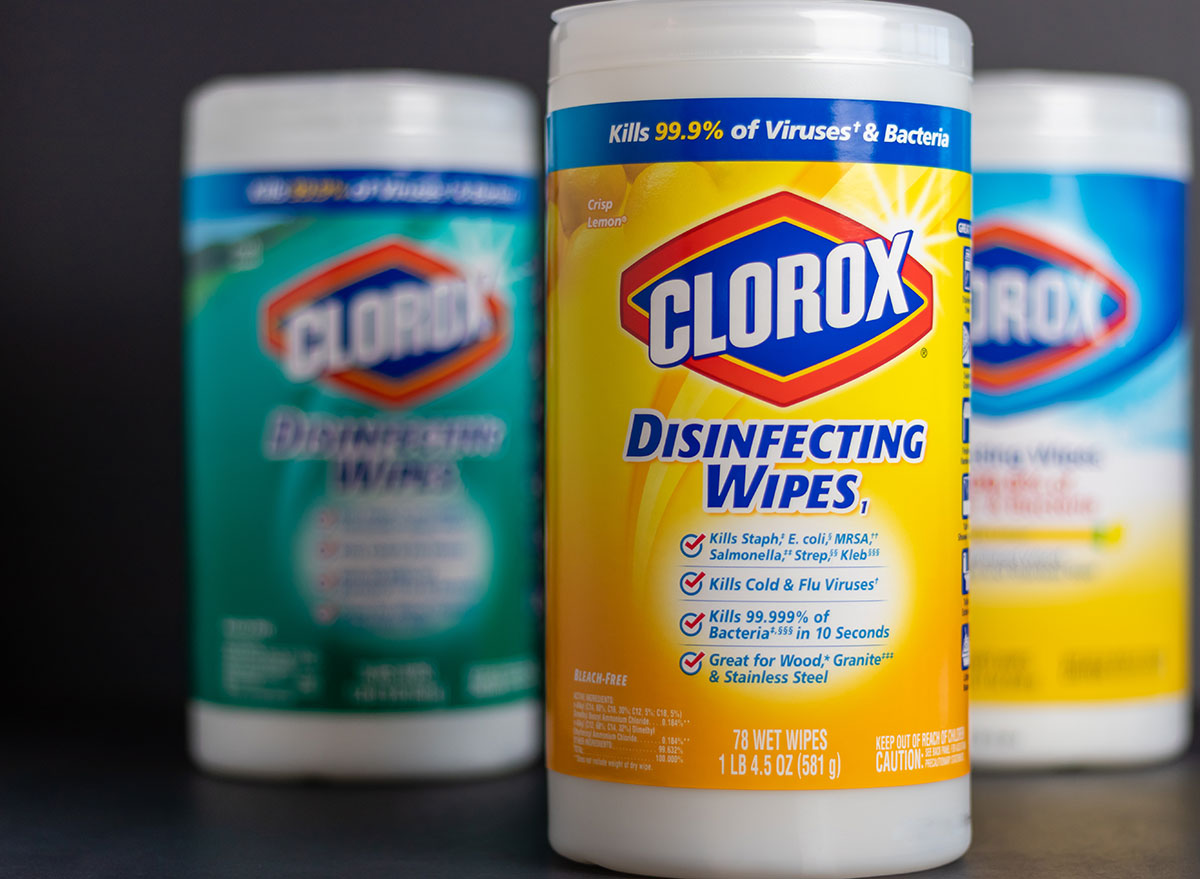
Lebiak predicts availability of household cleaners will not bounce back to normal levels for a while. Clorox, for example, said the demand for their cleaning products rose by 500% after the pandemic started. While they’ve increased production and are currently making record numbers of disinfectant wipes, they don’t expect the supply to fully recover before this summer.
Foods and beverages in aluminum cans
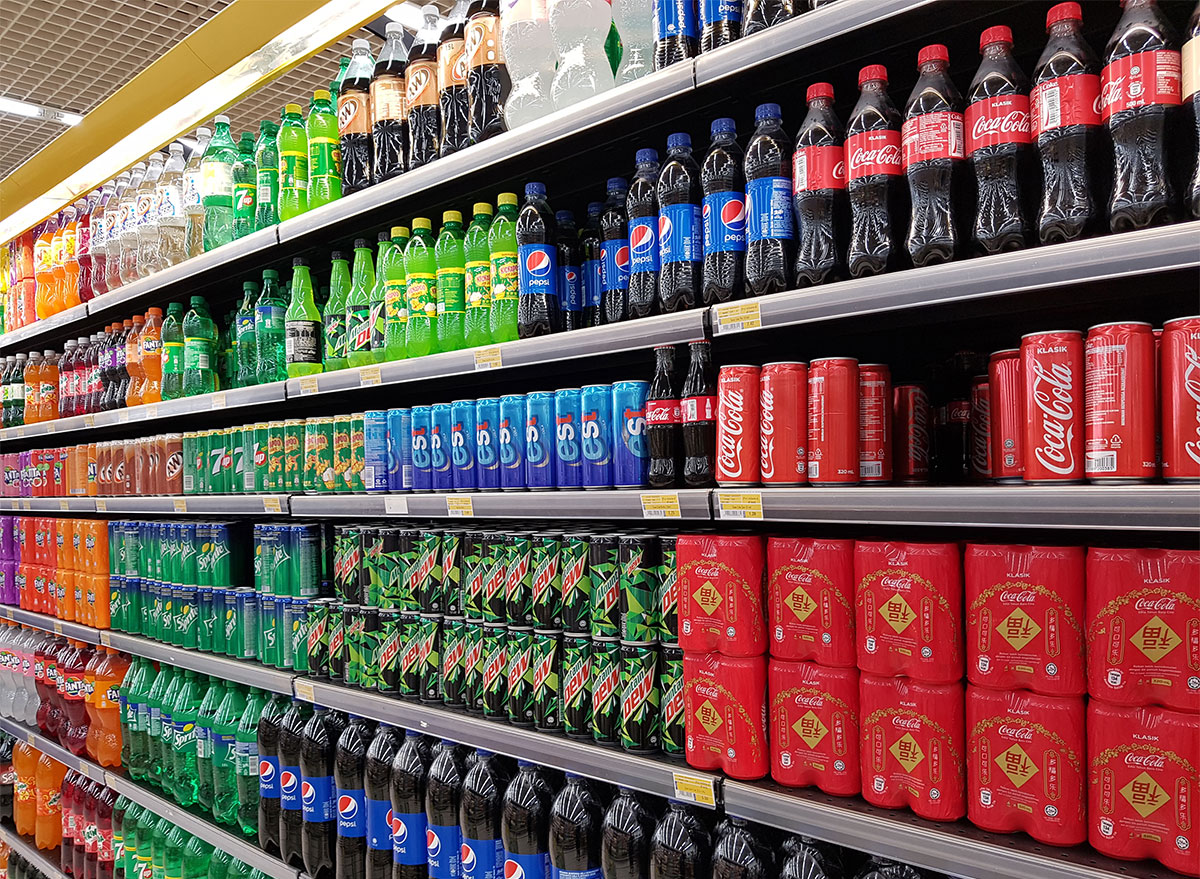
Had your favorite Coca-Cola product or craft beer not gone missing last year, you may not even be aware of the fact that the pandemic caused major aluminum shortages.
But beverage companies were not the only ones dealing with issues due to the shortage of the raw material.
“It impacted not just companies like Coca-Cola, but also anybody playing in the can space, so Hormel, with their canned meats, everybody had that same issue,” says Gottlieb.
Unfortunately, the shortages ares still felt across the food and beverage industry, so we can expect to see craft beer, sodas, and any foods that come in an aluminum package dip in and out of availability this year.
On the other hand, some producers are starting to bottle their product in alternative packaging like glass or plastic.
Some ready-to-eat foods
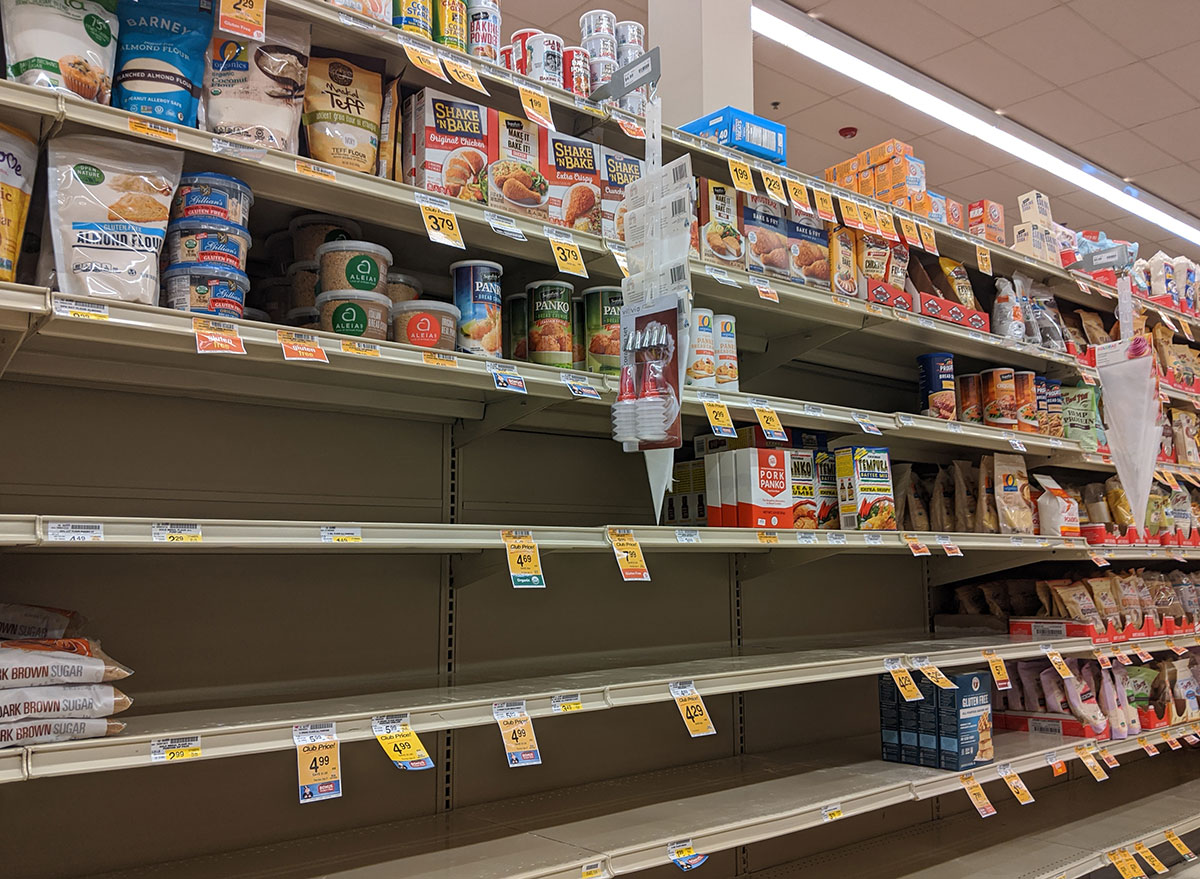
Because Americans had to ramp up their home cooking efforts during the pandemic, pre-cooked food solutions and easy-to-make meals in a box like macaroni and cheese and frozen pizzas became some of the most popular groceries on the shelves.
But while some of these in-demand products have had a pretty steady presence in stores, others have sporadically gone missing (remember the short-lived Amy’s Kitchen pizza shortage?). According to Wickering, “sophisticated manufacturers have more means and technology to be able to shift to supply demand, and you’re not seeing as many shortages as a result of that.”
However, for smaller manufacturers where that shift requires a greater investment and more heavy lifting, we can expect to see some gaps in supply. “Miracle Whipp or mayonnaise . . . it’s rare there would be a shortage at this point,” she says. Precooked rice packs, however? “You can hardly find them on the shelves still,” she says.
Don’t forget to sign up for our newsletter to get the latest grocery news delivered straight to your inbox.
